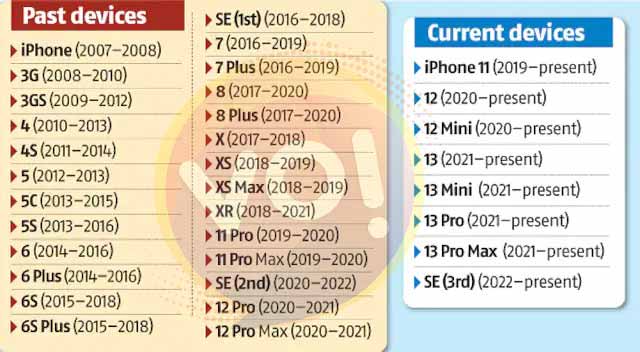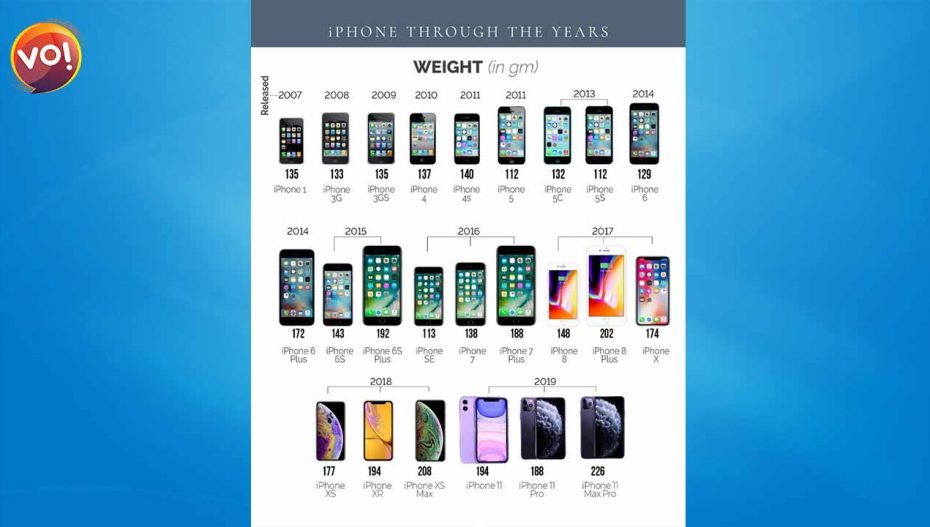June 30 marks 15 years since Apple released what’s arguably its flagship device: the iPhone. A decade and a half later, there are few products that have managed to reach a similar level of brand recognition.
Announced to an eager audience in 2007, the iPhone has revolutionised how we communicate and even how we live day to day. The iPhone was released in the United States in June 2007, and later, in six other countries by November (but notably not in Australia).
From the launch of Mac computers in the 1970s to the iPod in 2001, Apple already knew how to engage with its audience – and how to encourage extraordinary levels of hype when launching a product.
The iPhone 3G was rolled out across the globe in July 2008, with significantly improved data speeds and the addition of the Apple App Store. Even though it offered a mere 500 apps at launch, the app store marked a significant improvement in phone functionality.
And just as users started getting used to 3G, it was superseded by the 3GS about a year later. This cycle of regularly pushing out new products was critical to Apple’s success. By releasing regular updates (either through whole product iterations, or more minor functionality improvements) Apple managed to secure an enthusiastic audience, eager for new releases each year.

In 2013, the iPhone 5S introduced touch ID, which allowed users to unlock their phones with a fingerprint. The iPhone 8, released in 2017, brought with it the face ID feature. This still had weaknesses, but was at least immune to being unlocked with a photo.
And the bezel-less design of the iPhone X, released in 2017, built on features found in the Sharp Aquos S2 from the same year. Nonetheless, the iPhone has not been without problems. The introduction of the iPhone 7 in 2016 saw the removal of the standard 3.5mm headphone socket – and many weren’t happy.
A similar change came in 2020 with the release of the iPhone 12. Arguing consumers had a multitude of spare devices – and perhaps trying to ride on the green re-use agenda – Apple removed chargers from the unboxing experience. Users still received a charge cable, but it was a USB-C to lightning cable, whereas previous iPhone chargers would have a USB-A socket (the standard USB port).
If the past 15 years are anything to go by, it’s likely the iPhone will continue with annual product releases. These models will probably bring improvements in speed, weight, battery life, camera resolution and storage capacity. The latest iPhones are already highly sophisticated mini computers, which means there’s limited scope for fundamental enhancement.
Perhaps the most radical change will be the shift from Apple’s proprietary lightning connection to USB-C charging, thanks to a new European Union directive.
While we can’t predict what the iPhone will look like in another 15 years (although some have tried), it’s likely the demand for Apple products will still be there, driven by Apple’s strong brand loyalty.
Also Read: All You Need To Know About Apple’s New Feature That Will Change An Industry












